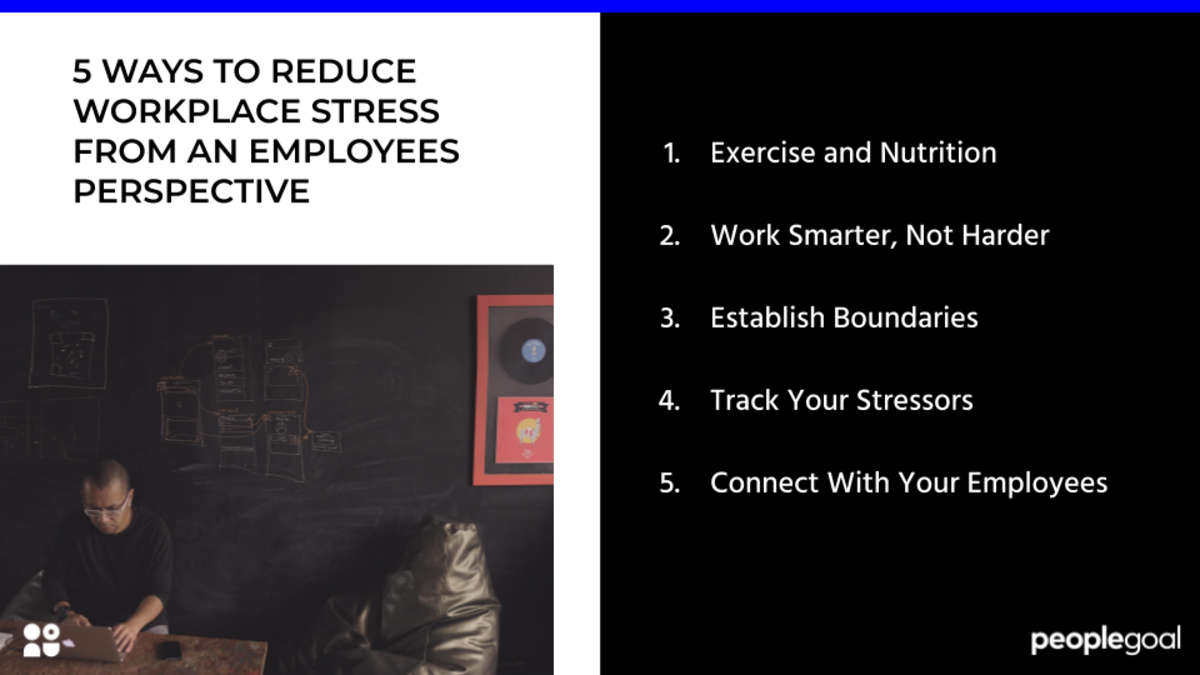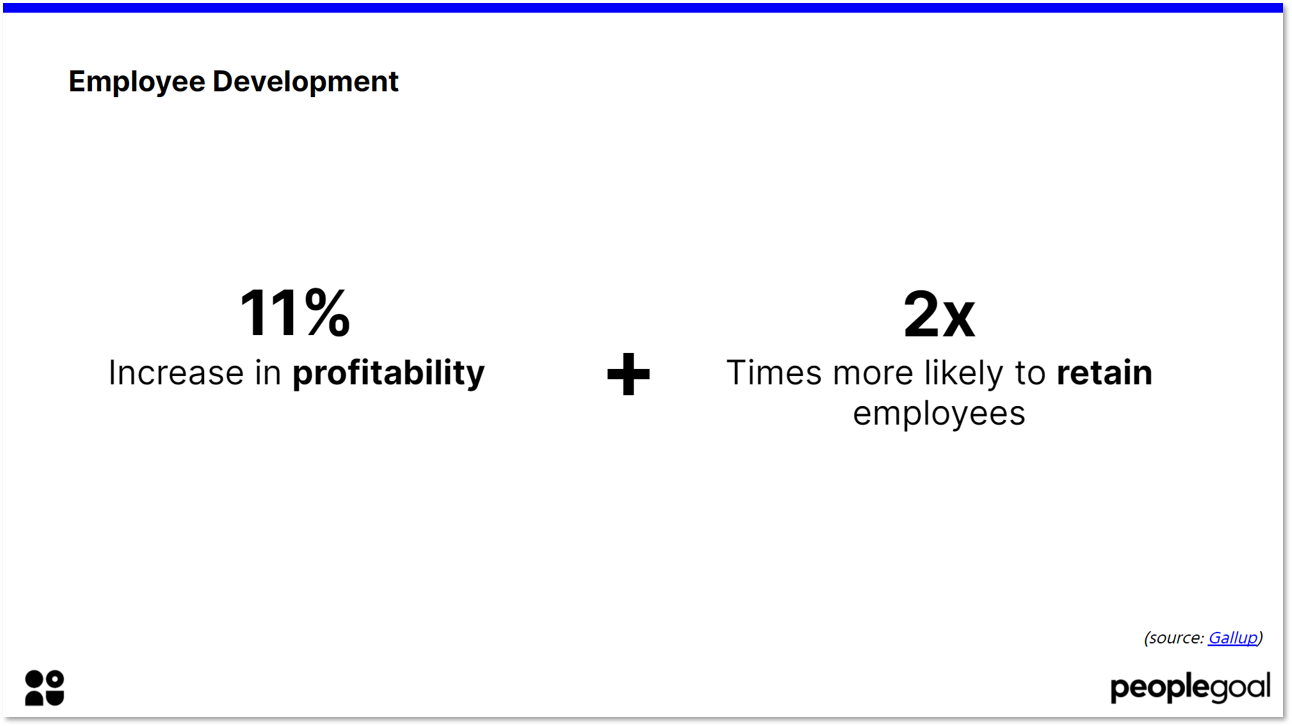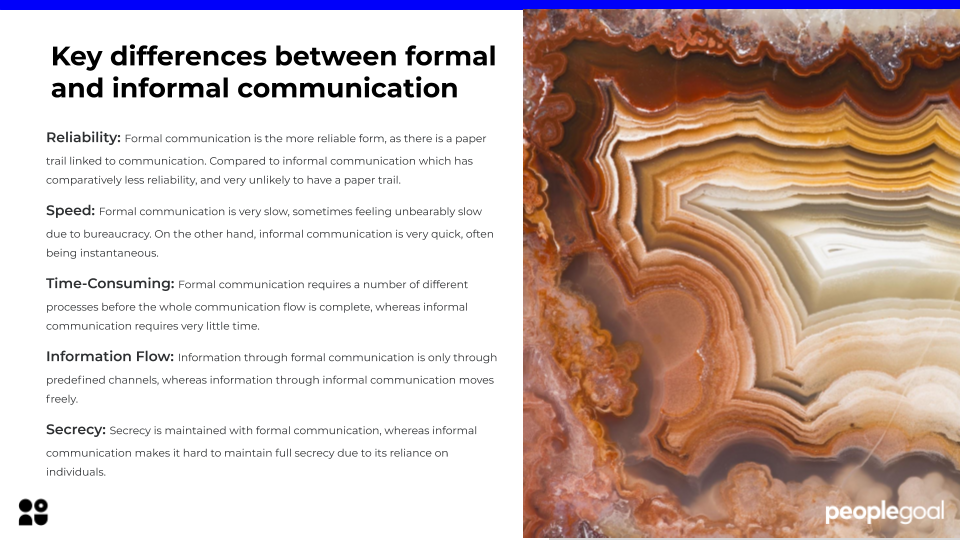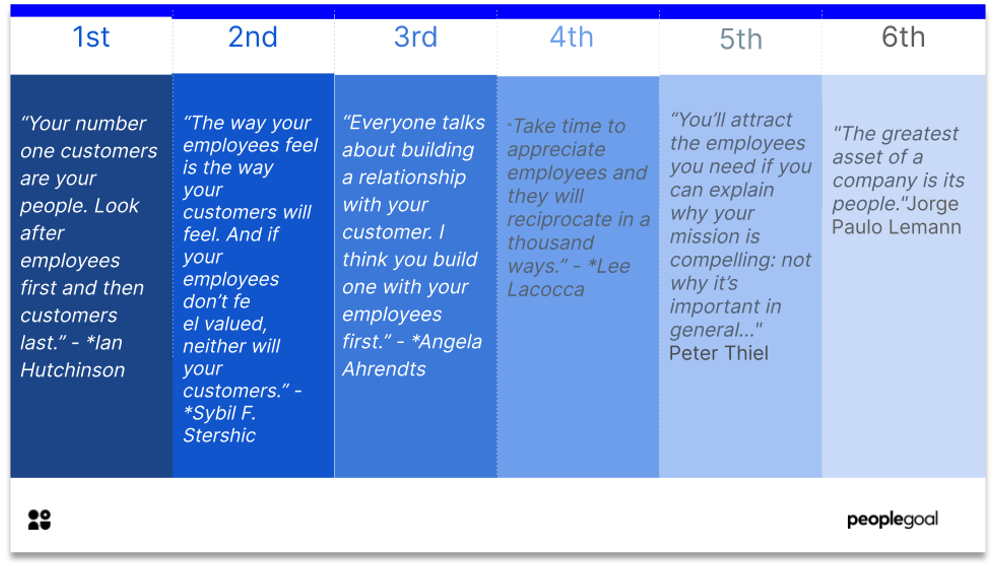Any organization is due to come across issues whether they be financial, logistical, or managerial. Fundamental to overcoming any obstacle and handling difficult conversations with employees is – communication.
How to Prepare for Difficult Conversations with Employees
One common fault in dealing with issues that occur with employees is that they avoid difficult conversations. That may be the easy option, but it’s far from beneficial. When you conclude that an identity conversation surrounding an issue is needed, start the conversations as early as possible. This is done by taking the necessary steps to open up the discussion.
When looking at the statistics it becomes apparent that feedback, even when uncomfortable, isn’t something you should shy away from. A study by Gallup identified that employees who agree that they have had clear conversations with management about their goals and successes in the past 6 months are 2.3X more likely to be engaged.
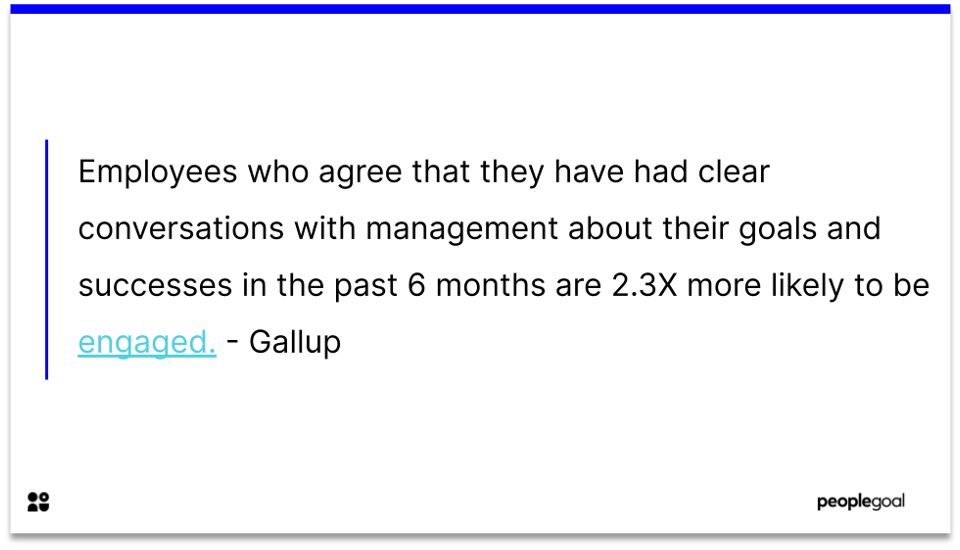
They further identify that only 23% of employees feel they have meaningful feedback conversations with their managers. Leading to their understanding that managers are shying away from these conversations.
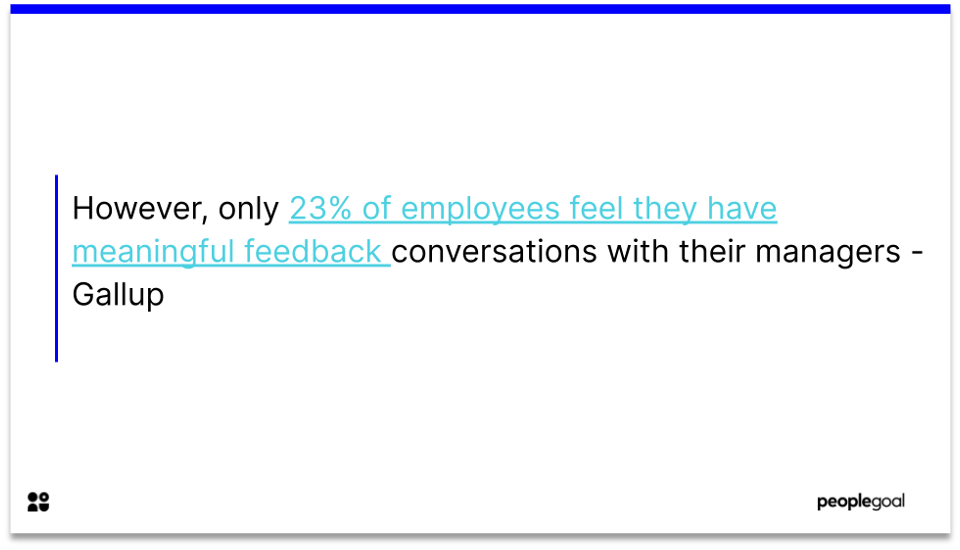
The following is some key ways to make the most out of having diffcult conversations with employees…
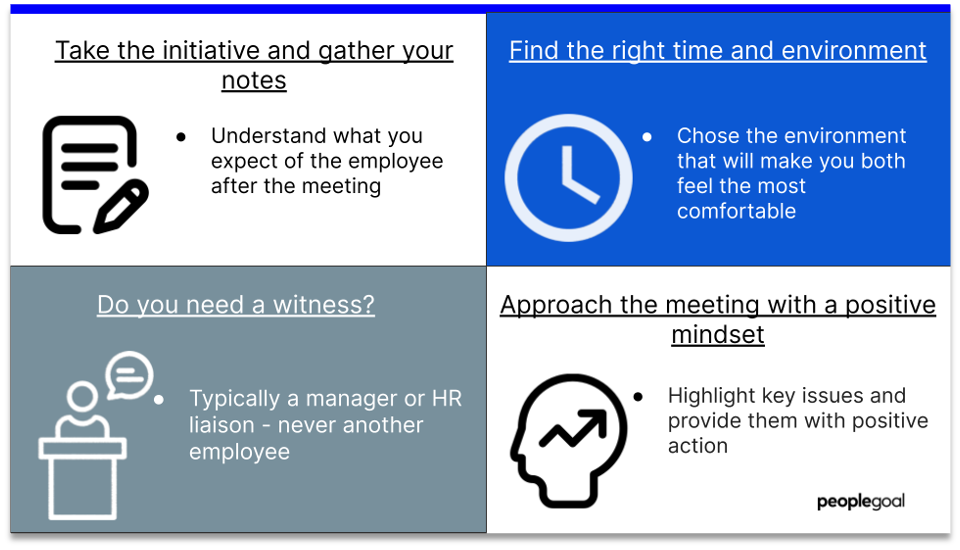
1. Take the initiative and gather your notes
Before you lay out your plans for a meeting. Take a minute to reflect on whether you are treating the employee on a level playing field. If you want to get the most out of any meeting, you need to go in prepared. Ideally, you will need factual data alongside your observations in order to justify the meeting.
You’ll need to understand what you expect of the employee after the meeting and be able to concisely convey what corrective action needs to be taken and why. Back up the reasons behind the ‘why’ such as presenting attendance policies to an employee who is consistently late.
Furthermore, make sure you have a place to document everything that has been discussed. Include in this any actions that have been set in a clear step by step methodology.
2. Find the right time and environment
It’s only going to aggravate the situation if you drag an employee from an important task into a public area to tell them off. You must exercise empathy here and find somewhere that sets the tone for what is to be discussed.
For instance a meeting room/office for disciplinary meetings. Or a café for a more informal discussion over personal issues impacting an employee’s performance. Either way, you must find an environment that makes everyone feel comfortable.
3. Do you need a witness?
Consider if having a witness present will be necessary, especially in a policy violation, disciplinary, or employee grievance matters. A witness is typically a manager or HR liaison, and never another employee. They should also be briefed on the situation beforehand.
As identified by Havard Business, in the new age of technology with surveillance throughout the office this may not be necessary, except in serious cases.
4. Approach the meeting with a positive mindset
The first and crucial step to setting the tone for all parties involved in the title of the meeting in hand. Avoid using language that suggests punishment such as ‘Disciplinary meeting’. Instead, propose a ‘catch up’ in order to avoid putting other parties on the defensive from the beginning.
Avoid listing off their shortfalls. Instead, ask them open-ended questions to get them to open up and discuss the issues themselves. For example:
“How is everything going at the moment?”
“Is there anything you are finding difficult?”
“Do you have any ideas of how we could make this task easier for you?”
Highlighting the key issues at hand provides them with examples of positive actions they can take in order to show appreciation if appreciation is due.
Remember: Constructive, not critical!
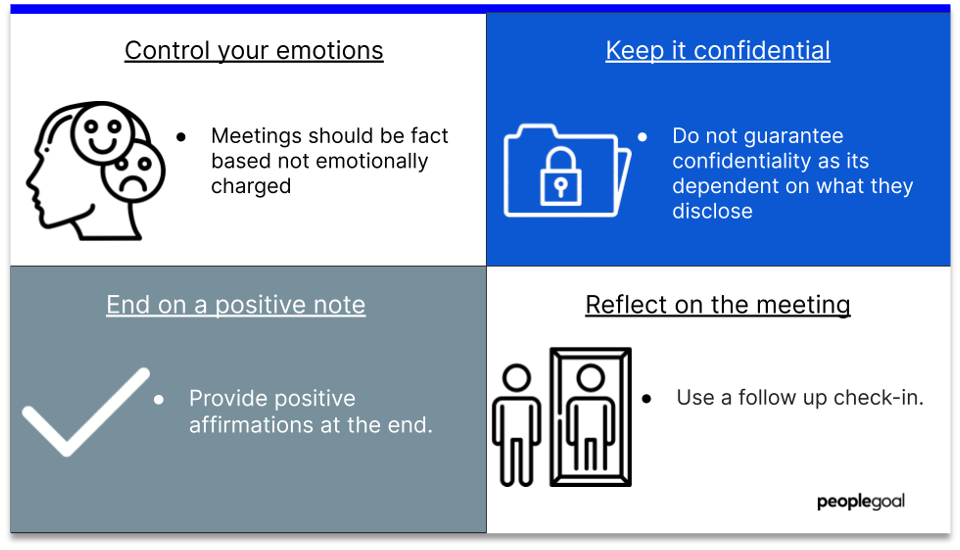
5. Control your emotions
Meetings should always be fact-based and not emotionally charged. Try to avoid emotional language. If emotions do start to overwhelm the discussion and deteriorate any progress that is being made, you must put the meeting on hold and reschedule. Problem-solving abilities are negatively affected if your emotions are clouding your judgment.
6. Keep it confidential
If an employee has approached you confidentially, you need to reassure them of where they stand. If you cannot guarantee confidentiality as it’s dependent on what they disclose, advise them of the policies and the steps you need to take. However, where possible, protect all employees’ confidentiality.
7. End on a positive note
Try to end the meeting on a positive note. This can be done by giving positive affirmations of what needs to be done and what benefits will come from the actions set.
8. Reflect on the meeting
Take time to review what was discussed. If the situation has been resolved or is improving let the employee know. Make sure that you have a follow-up check-in booked if needed to review action items.
Whatever happens, don’t let difficult conversations impinge on your business. Conduct them to the best of your ability, and have faith that your actions will yield positive results.
Have a look at our check-in app. It makes organizing and documenting the whole process simple and efficient.
10 Examples of Handling Difficult Conversations with Employees
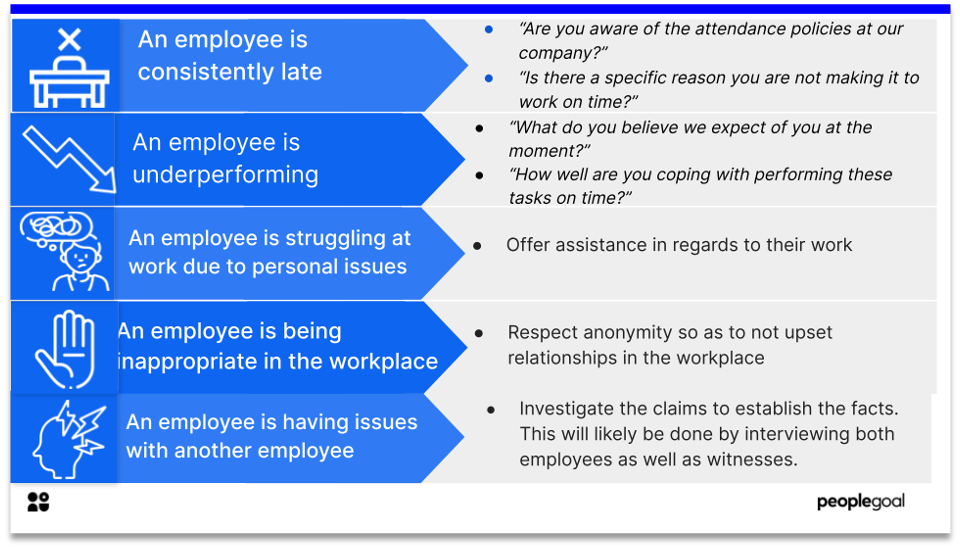
1. An employee is consistently late
If an employee is consistently late, the first thing you should strive to understand is why. After opening the meeting softly by asking them how they are, ask them a couple of questions such as:
“Are you aware of the attendance policies at our company?”
“Is there a specific reason you are not making it to work on time?”
“Is there anything we can do to help you get to work on time?”
“What actions do you believe you can take to make it to work on time?”
Make sure you have the appropriate documentation to evidence their tardiness. And go into the meeting with an open mind, but also with suggestable actions for the future, such as:
- Get them to check in with you as soon as they know they will be late.
- Make prior transport arrangements.
- Draw out a weekly schedule to stick to.
2. An employee is underperforming
Schedule a meeting to discuss the reasons behind why they are underperforming. Ask some open-ended questions about performance such as:
“What do you believe we expect of you at the moment?”
“How well are you coping with performing these tasks on time?”
“What corrective action do you believe will improve your progress?”
You should also suggest actions they need to take and draw up a timeline of objectives that they need to complete. Regularly check up on their progress and offer assistance where possible.
3. An employee is struggling at work due to personal issues
If an employee has suggested they are having personal issues which are affecting their work, you must reassure them of confidentially. They offer them assistance in regards to their progress. This aid may come in the form of changing their work patterns, referring them to an HR support contact. Or liaising with their manager.
4. An employee is being inappropriate in the workplace
Depending on its severity a manager may be able to handle the situation. You must assess the situation, gather evidence and bring the offending employee in for a discussion about their behavior.
It’s important to respect anonymity when possible so that you reduce the chances of aggravating any relations within the office environment. You should try to get the offender to determine what they have done wrong, why they have offended. As well as, what corrective actions are needed to be taken. In some instances, disciplinary actions should be handed out in accordance with company policy.
5. An employee is having issues with another employee
When a workplace grievance is filed by one employee about another employee. You must follow your company grievance policy which should roughly be along the lines of:
- Investigate the claims to establish the facts. This will likely be done by interviewing both employees as well as witnesses.
- Anonymise the witness statements.
- You must decide if there is a need for disciplinary proceedings or whether the situation can be monitored and resolved informally.
- Any subsequent disciplinary action must be full and fair, and if possible decided by a panel.
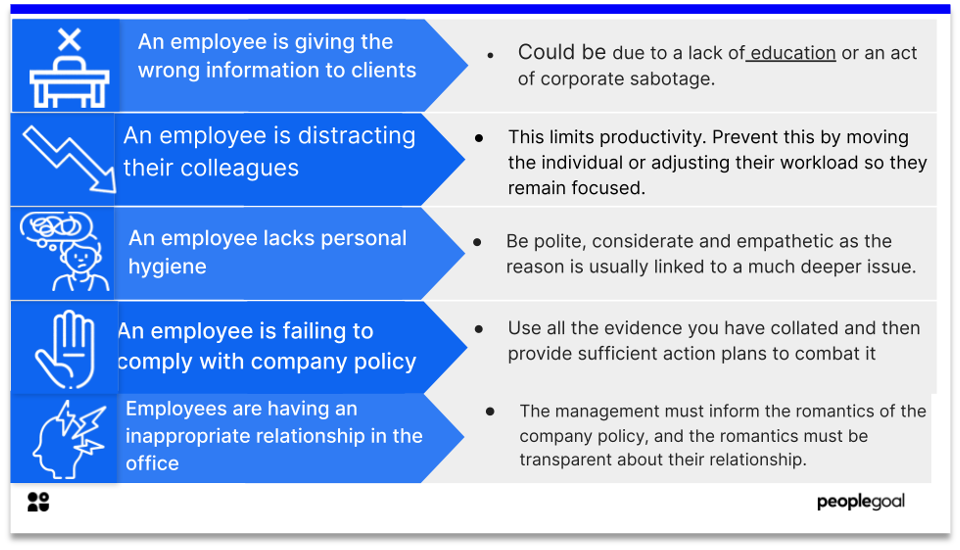
6. An employee is giving the wrong information to clients
Intervene as soon as possible to avoid any further discrepancies. The first step you should take is to find out the cause of giving the wrong information, whether it be due to a lack of education or an act of corporate sabotage. This knowledge can be gleaned by a straightforward meeting in an office, with your evidence at hand.
Once you find the root of the issue, you must then proceed to conduct disciplinary action. Or further, educate your employee to ensure the mistake is not repeated. This may include conducting regular checkups.
7. An employee is distracting their colleagues
Many offices have a few confident individuals who may become distracting at times, as well as a decrease in productivity. You can introduce a few steps to tackle the issue. The first would be to conduct a frank discussion with the individual asking them to refrain from distracting others.
The second could be to move where they are working away from others they usually distract. A third could be to give them a greater workload as a lack of work may well be the reason for their time to distract themselves.
8. An employee lacks personal hygiene
If you have received a complaint about a colleague lacking personal hygiene, you must be careful to handle the situation with empathy. This is no place to shame anyone, as usually the source of personal hygiene may be linked to a much deeper issue. Therefore, try to include this into an informal discussion and do not make it the sole purpose for said discussion.
Perhaps organize an informal meeting with the purpose of discussing their performance. As well as asking how everything is, then take the opportunity to discuss personal hygiene. Let them know that everyone needs to make an effort so as to not make the individual feel singled out.
9. An employee is failing to comply with company policy
First have an informal discussion to assess why they are failing to comply with company policy, with all evidence provided. Then offer them actions they must take to correct their methods. If the employee continues to fail to comply with company policy you need to document and implement disciplinary proceedings.
10. Employees are having an inappropriate relationship in the office
When two employees are having an inappropriate relationship in the office, there can be several consequences. Such as complaints of favoritism, disruption to staff, sexual harassment claims, workplace gossip, and time-wasting. In order to resolve this issue, you must make sure there is lots of communication between the romantics and the management. The management must inform the romantics of the company policy, and the romantics must be transparent about their relationship.
Make difficult conversations into a learning curve
With workforces getting larger you are likely to experience an increase in difficult conversations. However, you should not let this concern you. Use these moments as learning processes to help both your conflict resolution abilities and to help improve the employee in areas of weakness – which is what brought you to this point.
Still looking for other ways to improve have a look at the top resources in our opinion:
-
Difficult Conversations: How To Discuss What Matters Most by Douglas Stone, Bruce Patton, Sheila Heen. "These talented communicators blend a daunting array of disciplines into highly readable and practical advice" – Booklist. Get this from Amazon for £5.87
-
Harvard Negotiation Project. The Harvard Negotiation Project is a project created at Harvard University which deals with issues of negotiations and conflict resolution. The November 2021 Master Class costs $4,497
Ready to 3x Your Teams' Performance?
Use the best performance management software to align goals, track progress, and boost employee engagement.
